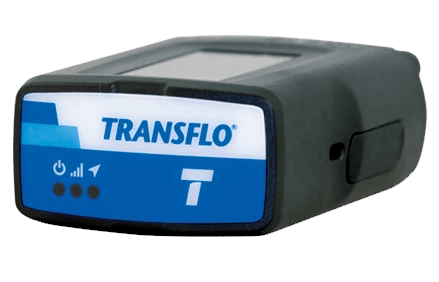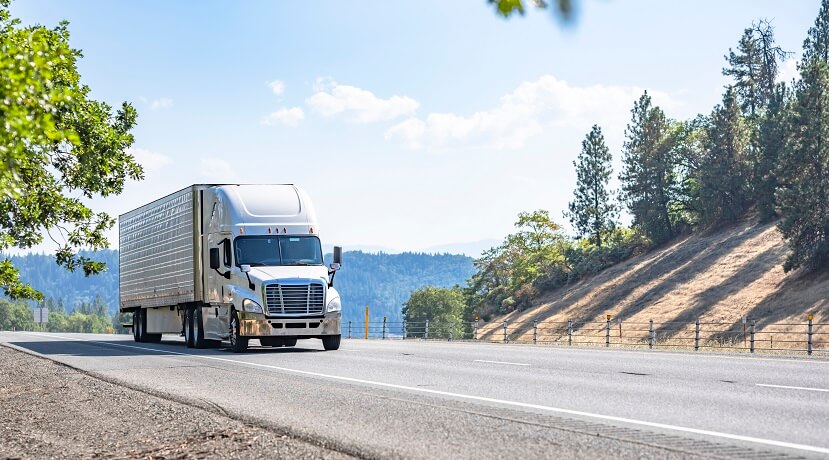
Canada Introduces Its Own ELD Rules: 3 Things You Should Know
On June 13, the government of Canada announced that it will require all federally regulated truck and bus drivers to use electronic logging devices starting on June 12, 2021.
If you’re based in Canada and operate your vehicle outside your home province or territory, and you’re required to fill out a logbook, you have a little less than two years to transition to an ELD.
Okay, so maybe you’re not jumping for joy about switching to ELD…perhaps you should be though.
Halvor Lines Inc. admitted the initial transitioning to ELD was a challenge. Once they got it up and running though, they said they felt like “the sky’s the limit!”
Canada’s ELD rules are the result of a years-long effort to replace paper logs with a more accurate record of when and how long a driver has been at the wheel. Because so many Canadian carriers operate in the U.S., Canada developed rules for ELD interoperability on both sides of the border. Transport Canada estimates that almost half (47%) of federally regulated commercial motor vehicles already have an ELD.
However, there are differences between the rules in the U.S. and Canada.
1. Third-Party Certification
The U.S. allows ELD providers to self-certify that their device meets federal standards. In Canada, every ELD model will need to be certified by an accredited third party. This means ELDs that are compliant in the United States will require third-party certification to operate in Canada. Transport Canada will maintain a list of ELD providers and their certified devices will be maintained on Transport Canada’s website. The site can be used to confirm certification.
2. No Grandfathering of AOBRDs

The U.S. allowed a two-year phase-in for trucks with Automatic Onboard Recording Devices (AOBRD) that were installed and in service prior to December 18, 2017. In the U.S. these “grandfathered” AOBRDs can be used until December 16, 2019, after which only compliant ELDs are permitted.
Canadian motor carriers with AOBRDs get no grace period. They should check with their supplier to see whether the device they purchased can be updated and certified.
3. Sharing Records
U.S. rules state that an ELD must be able to compile data into a comma-delimited file that’s transferred to the FMCSA’s eRODS system. Officers can then access the data on their device via email or web services.
Canadian rules allow an enforcement official to use the ELD’s display screen or printout to review all information and data elements required for the current 24-hour period and the previous 7 or 14 consecutive days (depending on the current HOS regulation).
Note: Canada has two kinds of HOS cycles (Cycle 1 and Cycle 2). One is 7 days and the other is 14 days.
Additionally, the driver may be asked to email the ELD record to an address provided by the inspector. Local transfer by USB or Bluetooth is also an option but will not be a mandatory function required for the ELD.
Canada’s ELD rules were published in the Canada Gazette (the Canadian version of the Federal Register) and are available here: https://www.gazette.gc.ca/rp-pr/p2/2019/2019-06-12/html/sor-dors165-eng.html
The Canadian Council of Motor Transport Administrators, a body of federal and provincial policymakers and researchers, has published Canada’s Technical Standard for ELDs. You can download it here: https://ccmta.ca/en/national-safety-code/canadian-eld-standard



